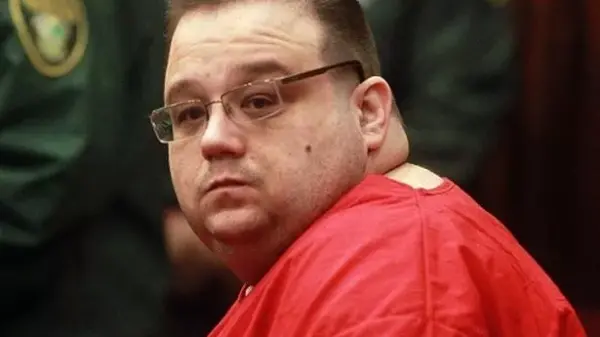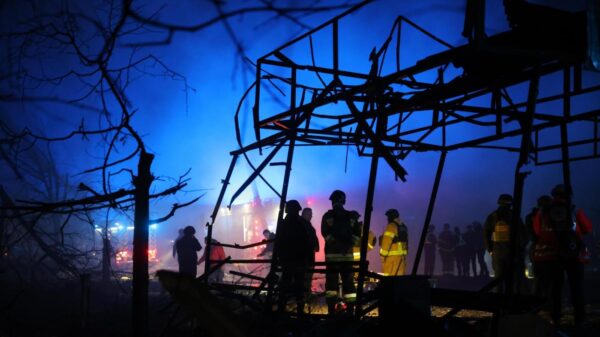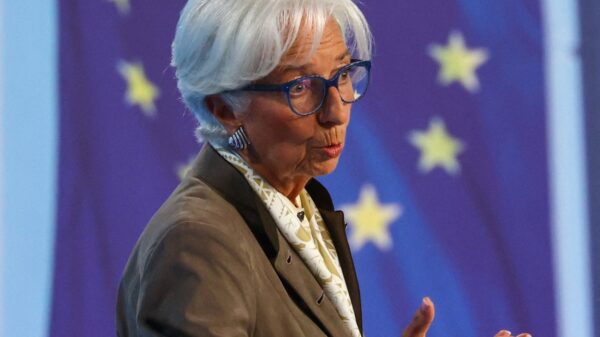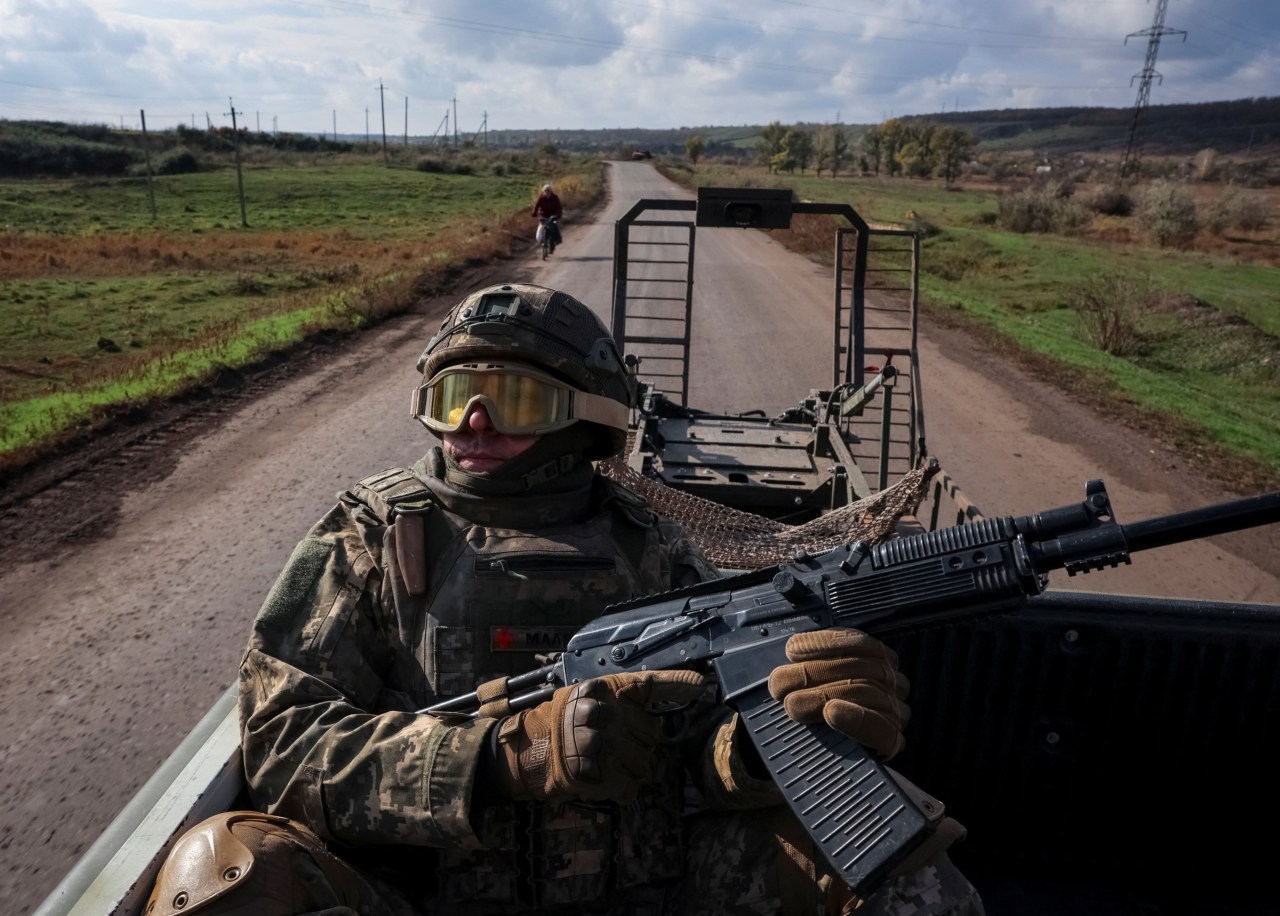Former U.S. President Donald Trump has presented a detailed peace plan aimed at resolving the ongoing conflict in Ukraine. Announced on March 1, 2024, the initiative outlines several key points that could reshape the geopolitical landscape in Eastern Europe. As tensions persist between Ukraine and Russia, the plan’s implications are drawing varied reactions from Ukrainian officials and their European allies.
Trump’s proposal emphasizes a negotiated settlement that includes a ceasefire and the potential withdrawal of Russian troops from Ukrainian territory. This approach has raised questions about the viability of a lasting peace, especially considering the entrenched positions of both the Ukrainian government and the Kremlin. In the plan, Trump also suggests that Ukraine should receive financial support amounting to $10 billion to rebuild infrastructure and support economic stability.
The peace plan includes a call for increased military support from NATO and the European Union, which could shift the balance of power in the region. Some European leaders are cautious, emphasizing the need for a comprehensive diplomatic strategy that aligns with Ukraine’s sovereignty and territorial integrity. Ukrainian President Volodymyr Zelensky has expressed skepticism regarding any proposal that does not prioritize the full restoration of Ukrainian control over its territories.
U.S. analysts suggest that the plan reflects Trump’s ongoing influence in international affairs, even after leaving office. As the 2024 presidential election approaches, the proposal may also serve as a campaign strategy, appealing to voters concerned about national security and foreign policy.
Responses from European allies have varied. While some leaders welcome the idea of renewed discussions, others fear that negotiations could embolden Russia. Several NATO member states have reiterated their commitment to Ukraine, insisting that any peace agreement must ensure Ukraine’s independence and security.
A potential sticking point in Trump’s plan is the timeline for negotiations and troop withdrawal. The former president has indicated that he believes a resolution could be reached within six months, a timeline that many experts view as overly optimistic. The complexities of the situation on the ground, including ongoing military engagements and humanitarian crises, suggest that a swift resolution may be unlikely.
As the conflict continues, the humanitarian impact remains severe. Millions of Ukrainians have been displaced, and the need for international aid is critical. Human rights organizations are calling for sustained support to address the urgent needs of those affected by the war.
In summary, Trump’s peace plan for Ukraine presents a controversial approach to a deeply entrenched conflict. With significant financial commitments and a call for military support from allies, the proposal may influence future diplomatic efforts. The responses from Ukraine and its European partners will shape the next chapter in this ongoing crisis, as the world watches closely.




































































